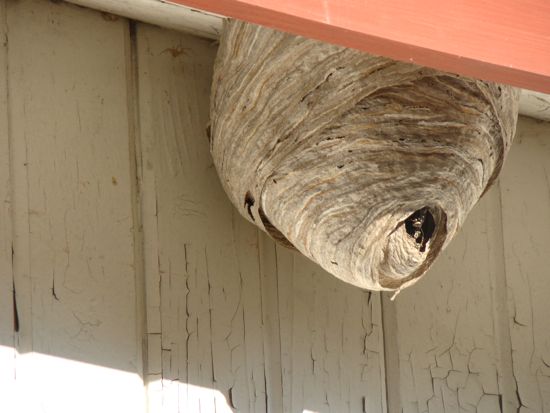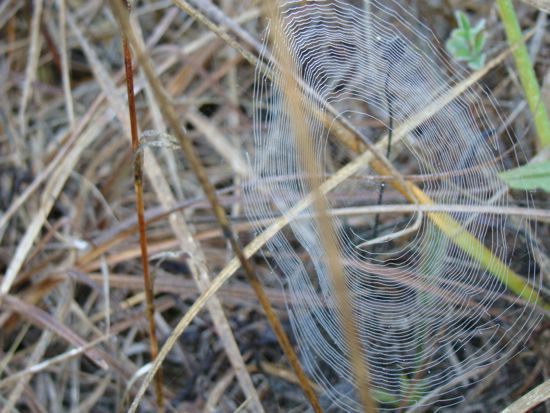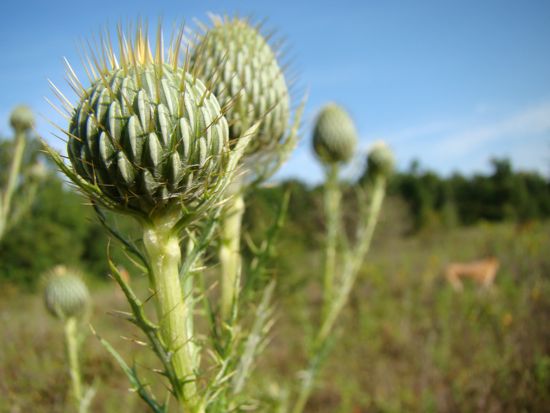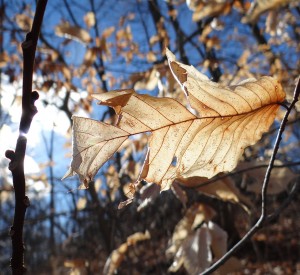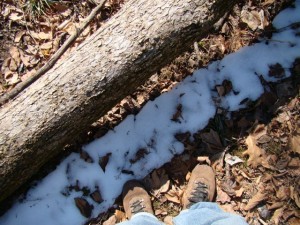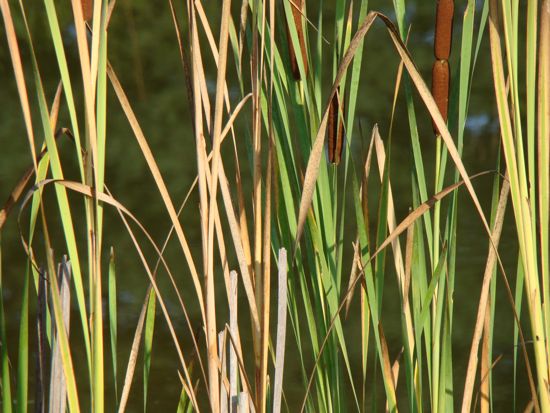
In Pilgrim at Tinker Creek, Annie Dillard says: “Our life is a faint tracing on the surface of mystery, like the idle, curved tunnels of leaf miners on the face of a leaf.”
She extols us to “somehow take a wider view, look at the whole landscape, really see it, and describe what’s going on here. Then at least we can wail the right question into the swaddling band of darkness, or, if it comes to that, choir the proper praise.”
On a quiet Sunday morning recently, Paula and I took a walk around the land, looking at things, and I was reminded of the “electrical current” of spirit that Rick Bass describes in Why I Came West.
He writes:
…in landscape we often sense and know vibrantly, dramatically, that what is essential is indeed invisible to the eye, and that in wilderness perhaps above all other places this phenomenon can be most keenly known and felt… I hesitate to use the word, but use it I must: spirit. The spirit that exists not in us, and not upon the land, but in the open space between us and the land, like an electrical current generated.
I believe this spirit, this ribbon between things, is generated when a certain individual or a certain species enters a certain landscape — just as when, in a story, a certain character enters the landscape of that story. You can’t measure or quantify or even see such a thing, but anyone can feel it. (p. 33, Why I Came West.)
Dillard also notes in Pilgrim at Tinker Creek: “Landscape consists in the multiple, overlapping intricacies and forms that exist in a given space at a moment in time. Landscape is the texture of intricacy . . . ”
On this recent Sunday stroll, I felt the abundance of the morning around me. Something was saying, “Slow down. Slow down. Just take a good look around.”
